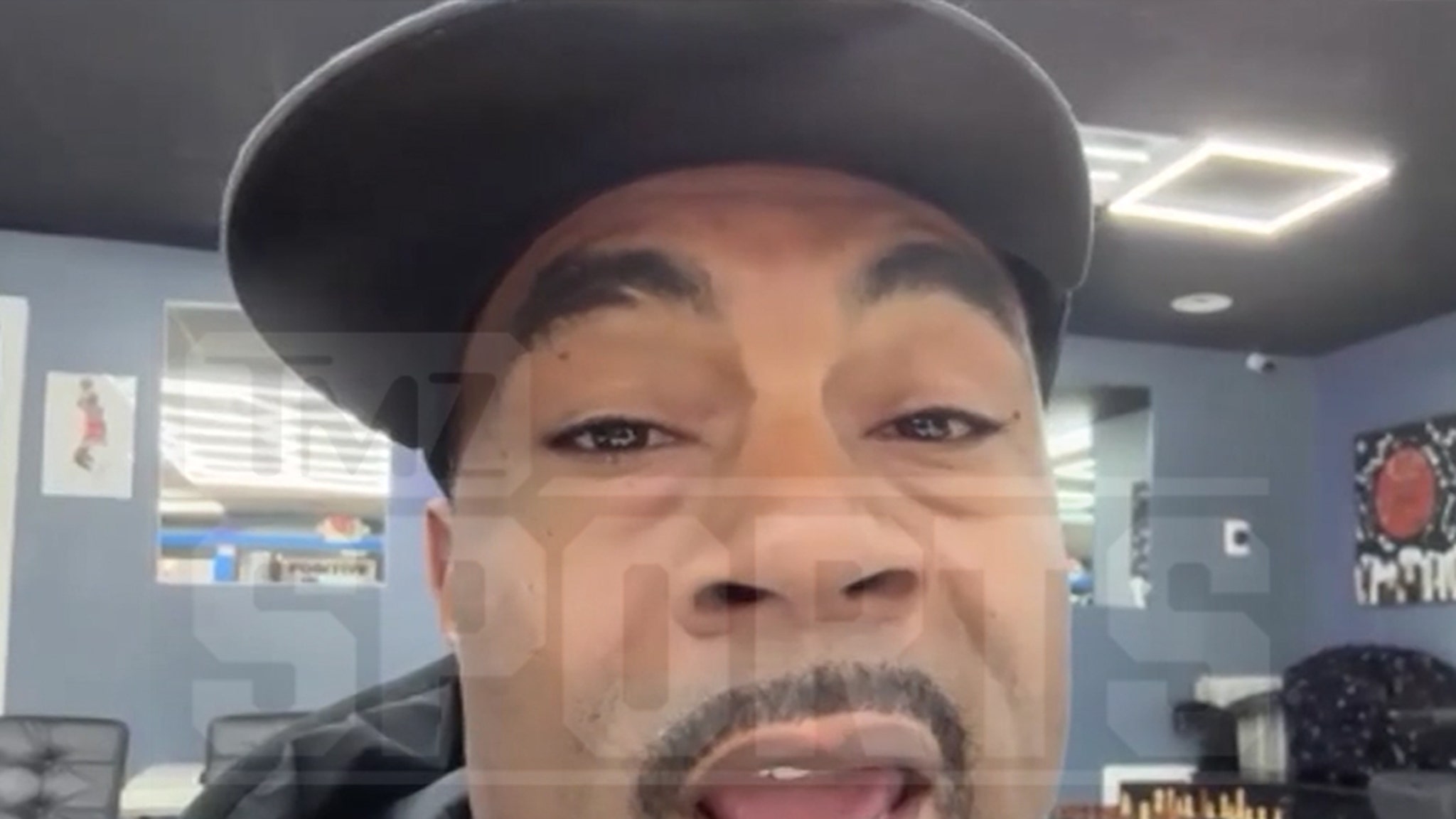Tracking your sleep and health has never been easier thanks to wearables and health apps. They help you gather useful sleep data from the comfort of your own bed, ranging from heart rate to breathing rate and sleep stage percentages.
When you first look at your sleep tracker data, all those numbers and graphs can feel dizzying. But tracking your sleep can reveal a wealth of information about your health that you might have been totally oblivious to before. If you utilize that data, you can manipulate your diet, workout routine, stress management tactics and other factors to become superhuman. OK, maybe not superhuman (unless you're an expert biohacker), but you'll still feel dang good.
The information available to you depends on the device you have, but most sleep trackers collect a variety of data points. In this article, we explain what the main four sleep data points mean and how to use them to your benefit.
Read more: Best Fitness Trackers
1. The three sleep stages
Most sleep trackers break your night down into three main categories of sleep: REM, deep and light, although you actually cycle through five stages of sleep each night. Knowing how much time you spend in each sleep stage can help you understand your energy levels and fluctuations during the day.
Devices like Fitbits measure how long you stay in different sleep stages.
FitbitLight sleep
In order to transition to a deep state of sleep you must pass through light stages of sleep, says Dr. Alison Brager, sleep researcher and performance engineer for Momentous, a sleep supplement company. "Light stages of sleep aren't necessarily restorative relative to deep sleep, but rather part of the process of getting to the deepest stages," Dr. Brager says.
How much light sleep you should get: This may come as a surprise, but light sleep constitutes the majority of the sleep cycle. Between the two distinct phases of light sleep (sleep stages one and two), you may spend up to 60% of your night in light sleep.
Deep sleep
During deep sleep, your breathing rate and heart rate slow down even more and your body wholly relaxes. This is when it's hardest to wake from your slumber -- it's also when tissue repair, cellular regeneration and other important processes happen. "Deep sleep is where all the magic happens," Dr. Brager says.
How much deep sleep you should get: Ideally, your sleep tracker will reveal you spent at least a couple of your sleeping hours in deep sleep. Research suggests that healthy adults spend up to 23% of their slumber in deep stages. Anything less than 10% may lead to symptoms of inadequate sleep, even if you spent eight hours in bed.
REM sleep
REM sleep makes up the final stages in your sleep cycle, and it impacts you emotionally and cognitively, says Ariel Garten, co-founder of Muse, a sleep and neuroscience technology company.
"REM sleep helps us calibrate our sensitive emotional circuits," she says. It also "helps us make sense of information we learned while waking, as circuits are fired alongside new information, allowing it to be re-organized, consolidated or jettisoned from our brain."
How much REM sleep you should get: In healthy adults, REM sleep makes up about 20 to 25 percent of a night's sleep, according to the Institute of Medicine Committee on Sleep Medicine and Research. Less than this may indicate you aren't processing and storing information to your full potential.
2. Heart rate
Your heart rate should be relatively low while you're asleep.
Getty ImagesSleep is a restorative process, so it only makes sense that your heart rate declines during sleep, Dr. Brager says. Everyone's daytime resting heart rate is different, so everyone's sleeping heart rate will differ, too.
Generally, sleeping heart rates should hover around the low end of normal, even for people who aren't physically fit. A normal resting heart rate ranges from 60 to 100 beats per minute, according to Harvard Health, although very active people may have resting heart rates from 40 to 50 beats per minute.
During sleep, expect your heart rate to drop to the low end of your normal: If your normal daytime resting heart rate ranges from 70 to 85, for example, expect to see a sleeping heart rate of 70 to 75 beats per minute, or even slower.
If your heart rate doesn't decline during sleep -- or worse, it speeds up to higher than your daytime resting heart rate -- consider talking to a sleep doctor. High heart rates during sleep may indicate medical or psychological conditions, including anxiety or atrial fibrillation.
There is one caveat: It's normal for heart rate to increase during REM sleep. During REM sleep, your brain becomes highly active and your heart may follow suit, but your heart rate still shouldn't soar past your normal daytime heart rate.
3. Breathing rate
Your breathing rate should remain relatively stable throughout the night.
WhoopLike heart rate, breathing rate should decline during sleep. If it doesn't, it could indicate a problem: "Clinically significant alterations in breathing and heart rates are indicative of a sleep disorder, mostly commonly sleep apnea due to the constant, intermittent inability to breathe," Dr. Brager says.
A normal breathing rate for adults is 12 to 20 breaths per minute, and like heart rate, expect your sleep tracker to show the low end of your normal.
In a healthy, relaxed adult, breathing should be calm and consistent throughout sleep. Breathing rate may increase during REM sleep when you're dreaming (especially if you're having an intense dream), but should revert to a slow pattern when you cycle into non-REM sleep.
However, over the course of the night -- and over several nights -- your breathing rate should remain relatively stable, according to Whoop, a neurobiology tracking technology.
5. Heart rate variability during sleep
Whoop, a performance optimization device, captures your heart rate variability while awake and while asleep.
WhoopYour heart rate variability (HRV) simply refers to the variation in the amount of time between heart beats.
If you're in fight-or-flight mode and your heart is racing, there is little time between heart beats (low HRV). On the other hand, when you're relaxed, your heart beats slower and there's more time between heart beats (high HRV).
The higher your HRV, the better, especially during sleep. If you have a high HRV, it means your body is adaptable and at the ready. Your HRV is a direct indication of how much stress your body is under at a given time -- which is why you want to see a high HRV during sleep.
If your sleep tracker data shows low HRV, your body is in overdrive during sleep for some reason. Studies show that low sleep HRVs may indicate sleep disorders, so if yours is consistently low, consider the factors that may affect it: stress levels, bedtime routine, sleep environment. If you suspect a medication or medical condition is the culprit, talk to your doctor.









 English (US) ·
English (US) ·